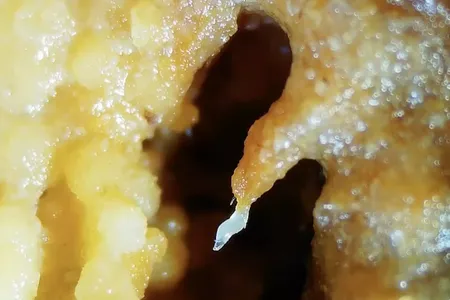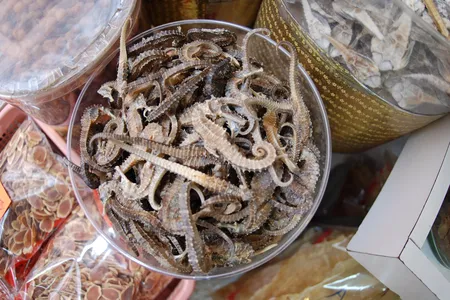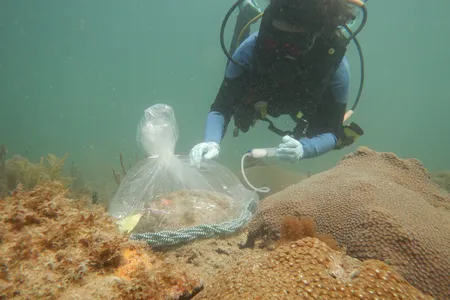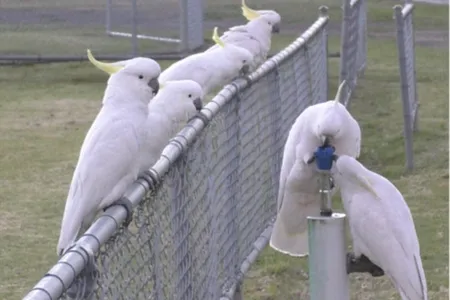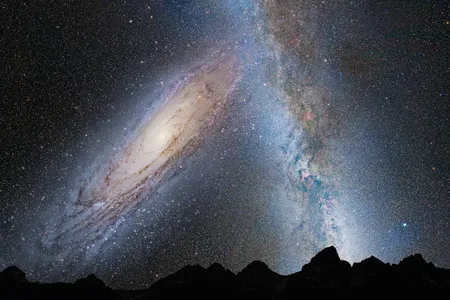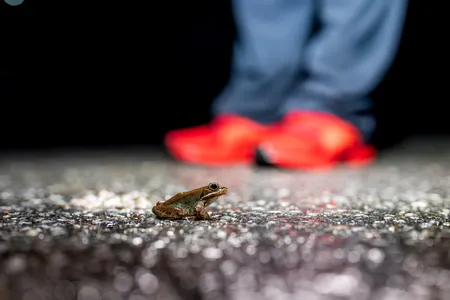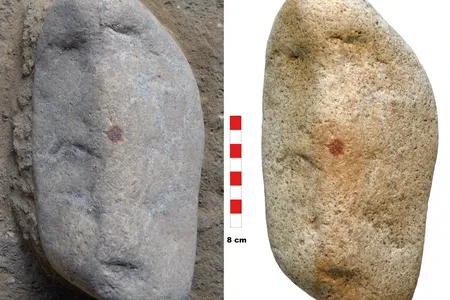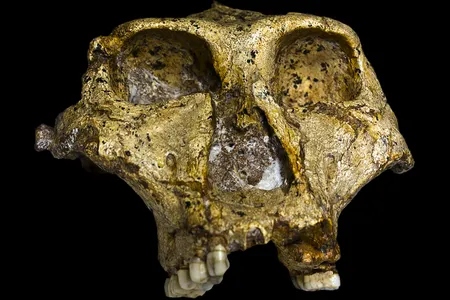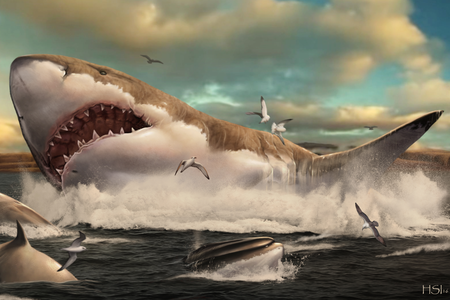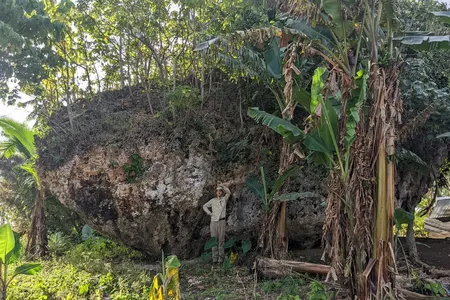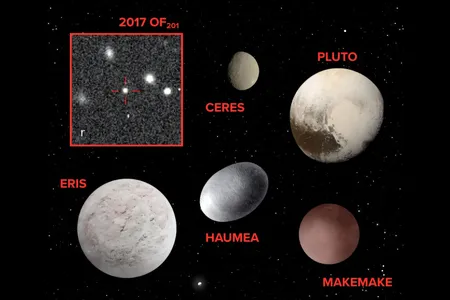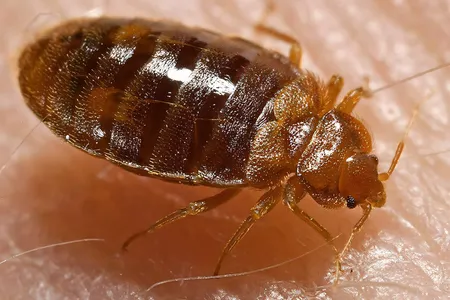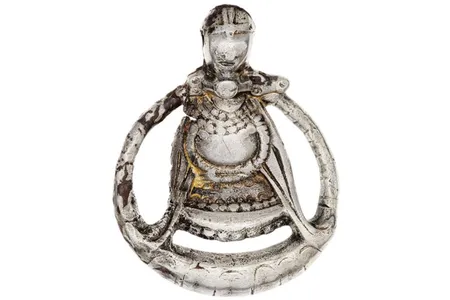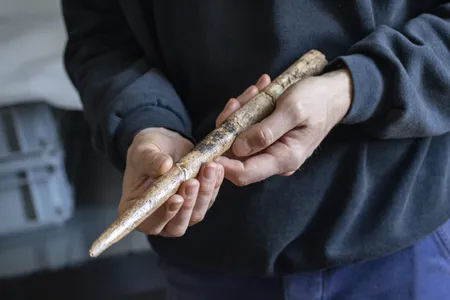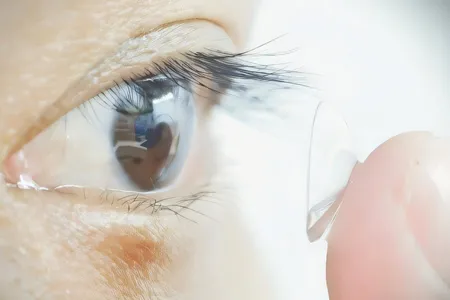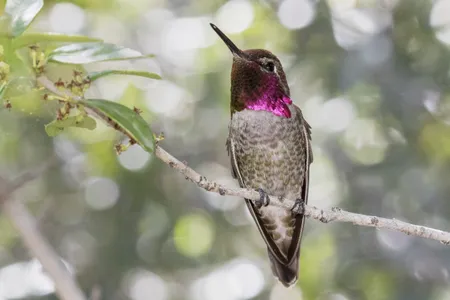Researchers Discover That Living Worm Towers Exist in Nature, Not Just in Horror Movies
A new study reveals that nematodes assemble into coordinated structures to catch a ride on passersby
Sea Horse Smuggling Is a Big Problem, Despite Global Efforts to Protect These Beloved Aquatic Creatures
Between 2010 and 2021, authorities seized around five million individual sea horses worth more than $21 million
The Dead Sea Scrolls Changed Our Understanding of the Bible. Could Some of Them Be Even Older Than We Thought?
A new study combines A.I., radiocarbon dating and handwriting analysis to estimate new dates for some of the ancient scrolls, thought to be some of the earliest surviving fragments of the Old Testament
A Deadly Disease Is Eating Away at Caribbean Corals and Wreaking Havoc on Reefs. Could Probiotics Be the Solution?
New research suggests the probiotic McH1-7 could help stop the spread of stony coral tissue loss disease among wild corals near Fort Lauderdale, Florida
These Australian Cockatoos Learned to Operate Drinking Fountains With Their Feet to Quench Their Thirst
Birds in Sydney’s western suburbs have figured out how to get a sip from the fountains, even though they have access to nearby streams
Our Milky Way Might Not Crash Into the Andromeda Galaxy After All—New Simulations Suggest a 50-50 Chance of Merging
Scientists previously predicted the pair of galaxies would merge in about five billion years. Now, research suggests that outcome is less certain than thought
Two Wildlife Tunnels Are Saving Thousands of Amphibians From Being Crushed by Cars in Vermont
New research finds a pair of underpasses installed under a road that crosses a migration corridor have led to an 80.2 percent reduction in amphibian deaths
Cats Can Recognize Their Owner’s Scent Compared to a Stranger’s, New Research Suggests
In an experiment, domestic cats spent longer sniffing cotton swabs with the scents of unfamiliar people than swabs with the scent of their owner
Did a Neanderthal Who Lived 43,000 Years Ago Paint a Red Nose on a Rock That Looked Like a Face?
Researchers theorize that an adult male dipped his finger in red ocher and intentionally used the pigment to complete the face he saw on a small granite stone
Scientists Investigate 2.2-Million-Year-Old Tooth Enamel to Unravel the Mysteries of Ancient Human Relatives
By studying proteins preserved in teeth, researchers determined the sex of four Paranthropus robustus individuals that lived in southern Africa
A Fungal Disease Ravaged North American Bats. Now, Researchers Found a Second Species That Suggests It Could Happen Again
White-nose syndrome caused millions of bat deaths, and scientists are sounding the alarm that a second fungus could be disastrous if it reaches American wildlife
The Fearsome Megalodon Ate Basically Whatever It Wanted to Reach Its Daily 100,000-Calorie Need, Study Suggests
Scientists previously assumed the giant, prehistoric sharks mostly feasted on whales, but it turns out they probably weren’t so picky
A 164-Foot Tsunami Pushed This Enormous Boulder Atop a Cliff in Tonga 7,000 Years Ago
The hulking rock, called Maka Lahi, is the size of a two-story house and sits on a 120-foot-tall cliff, covered in vegetation
This Bewildering Byzantine Bucket Stumped Archaeologists for Decades. Now, They’ve Finally Discovered Its Purpose
Fragments of the bucket were first found at England’s Sutton Hoo burial site in 1986. New research has revealed that the 1,500-year-old artifact was probably used as a cremation vessel
Astronomers Discover a Possible Dwarf Planet Far Beyond Neptune, Where There Should Have Only Been Empty Space
As it orbits the sun once every 25,000 years, the celestial body 2017 OF201 travels beyond the Kuiper Belt into a region thought to be largely devoid of objects
Bedbugs Could Have Been the First Urban Pest to Plague Human Cities, New Study Suggests
Scientists examined the genomes of two bedbug lineages to trace how their population sizes have changed over time
How Did Vikings View Pregnant Women? New Research Reveals That They Were Sometimes Depicted With Weapons
Researchers studied Old Norse literature and archaeological evidence to shed new light on women’s experiences of pregnancy during the Viking Age
Scientists Discover the Oldest Known Tools Made From Whale Bones, Crafted in Western Europe 20,000 Years Ago
Stone Age humans scavenged the skeletons of several whale species along the Bay of Biscay in what is now southwestern France and northern Spain, according to a new study
New Contact Lenses Give Users Super-Vision to See Infrared Light—Even With Their Eyes Closed
Researchers have developed experimental contact lenses that use nanoparticles to convert the invisible wavelengths of near-infrared light into visible colors
California’s Hummingbirds Have Changed Their Beaks in Response to Backyard Feeders, Study Finds
With plenty of artificial nectar available, Anna’s hummingbirds have expanded their range northward and their beaks have tended to become longer and larger
Page 4 of 271
